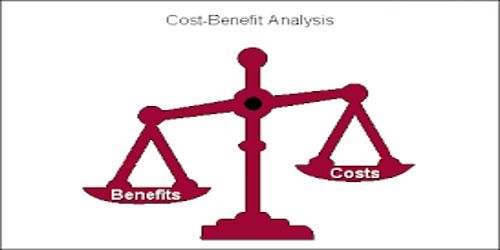Social cost-benefit analysis is a part of calculating the qualities of a project or a government strategy. The financial analysis in project evaluation for evaluating investment projects a significant consideration is the analysis of social cost and benefits. The scope of social cost benefits can be applied to public investment and also to private investment. In the case of public investment, it plays a main role in the financial growth of a developing country. And, in the case of private investments social cost benefit analysis is essential as investments are to be authorized and are monitored by the government.
The main focus of Social Cost Benefit Analysis is to determine:
1) Economic benefits of the project in terms of shadow prices;
2) The impact of the project on the level of savings and investments in the society;
3) The impact of the project on the distribution of income in the society,
4) The contribution of the project towards the fulfillment of certain wants (self-sufficiency, employment etc).
The main focus of Social Cost Benefit Analysis is to determine:
- Economic benefits of the project in terms of shadow prices;
- 2 The impact of the project on the level of savings and investments in the society;
- The impact of the project on the distribution of income in the society;
- The contribution of the project towards the fulfillment of certain wants.
There are two principal approaches to Social Cost Benefit Analysis.
- UNIDO Approach, and,
- Little-Mirrlees (L-M) Approach.
UNIDO Approach: This approach is mainly based on the publication of UNIDO (United Nation Industrial Development Organization) named Guide to Practical Project Appraisal in 1978.
L-M Approach: L.M.D Little and J.A.Mirlees have developed this approach for the analysis of Social Cost-Benefit in Manual of Industrial Project Analysis in Developing Countries and Project Appraisal and Planning for Developing Countries.















